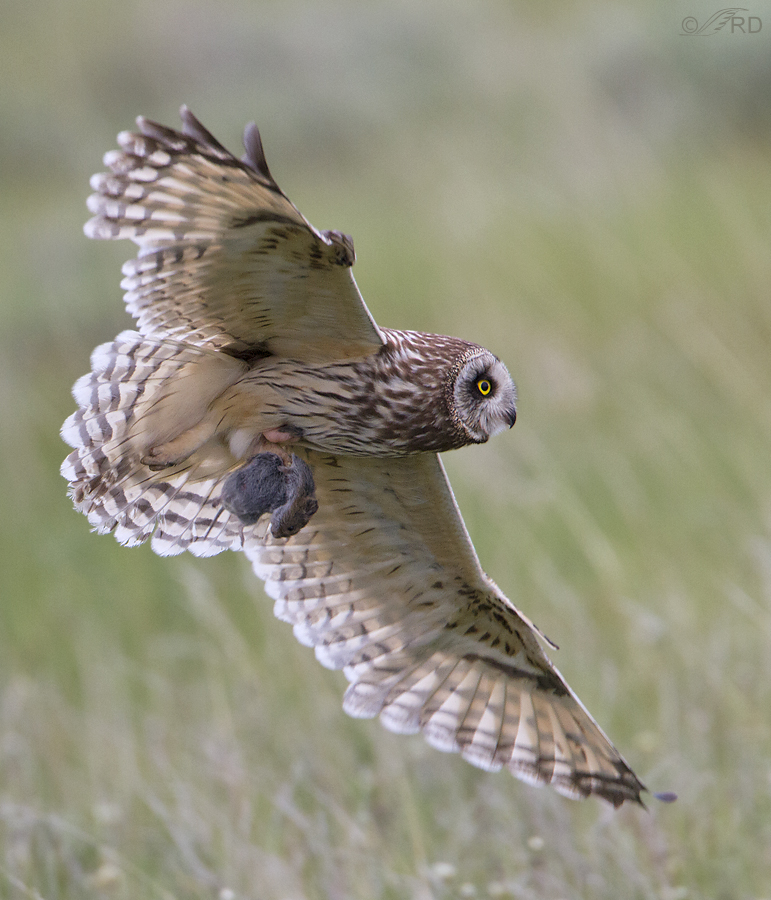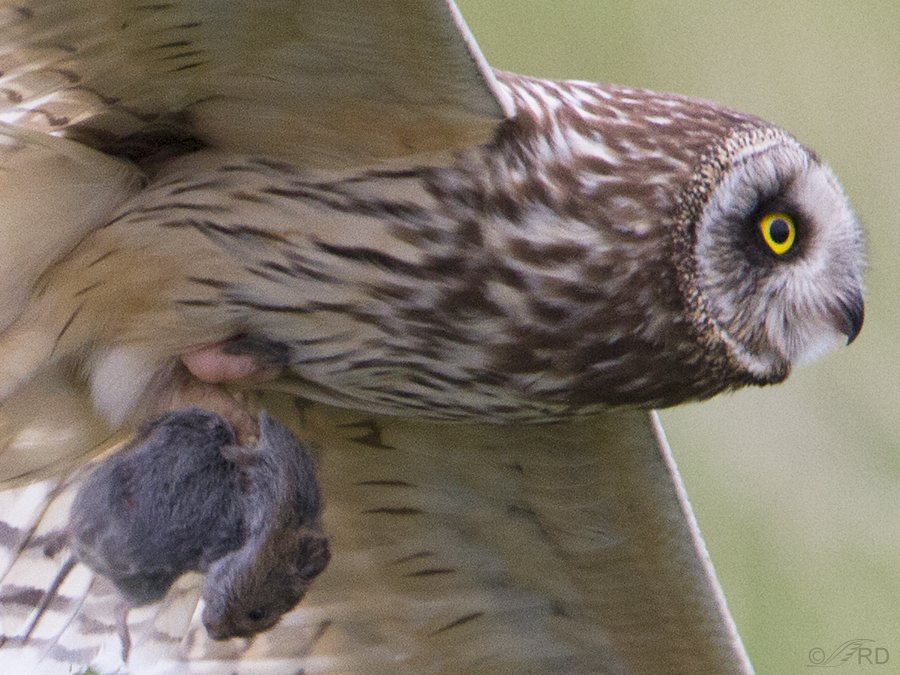One of the primary functions of feathers is insulation and they’re very good at preventing heat loss. But this efficiency presents a problem – how to keep the egg(s) sufficiently warm during incubation, since feathers act as a barrier to heat transfer from parent to eggs. Typical bird body temperature is about 104 degrees F. and the ideal incubation temperature for their eggs is very close to normal human body temperature – 98.6 degrees F.
That dilemma has been solved by most bird species through the evolution of the “brood patch” – an area of belly skin that loses its feathers near the end of the egg-laying period. As the feathers are lost, supplementary blood vessels engorge the skin of the “patch” so that hot blood is brought to the surface. Amazingly, the parent can even shut down blood flow to this region when that bird is off the nest. When the incubating parent returns to the eggs for incubation, he/she typically goes through settling movements that bring the brood patch into gentle contact with the eggs.
The patch may be large or small, depending on a variety of factors including how many eggs are incubated. Some species have a single patch in the middle of the belly, others may have one each side or even three.

Typically the patch is difficult to observe in wild birds, particularly in flight but I have several images of a female Short-eared Owl where it is visible. This female had two chicks that she was trying to keep warm during a typically cold Montana spring. The male was bringing food to the nest and she very seldom left it but occasionally, when it warmed up later in the day, she would go out for a little exercise.
This shot shows the brood patch reasonably well, though the image quality suffers because of low light and a slow shutter speed.

One time the female became impatient while waiting for the male to deliver a vole so she went out and took it away from him. Here she is returning to the nest with that vole for the chicks. Sharpness is better in this shot but it’s a little difficult to separate the patch from the foot carrying the vole. The patch is slightly more pink and above the foot.

An extreme crop allows a slightly better look at the right side of the patch. And hey, I even got a catch light in the eye of the vole!
In most species, the feathers covering the belly are lost automatically (through hormonal control) just before brooding but ducks and geese must actively pluck the feathers, which are then used to line the nest. Pelicans, gannets and boobies have no patch so their eggs are cradled in their webbed feet and warmed from below and above. In species where both parents incubate, each sex develops a brood patch but if only the female incubates, as in these owls, the male doesn’t develop a patch.
In precocial species (active soon after hatching, ducks and geese for example) the insulating feathers over the patch grow back soon after the eggs have hatched since the chicks leave the nest immediately. But in altricial birds (helpless for an extended time after hatching, most songbirds for example) the regrowth of feathers over the patch is delayed and the patch remains functional for the full time the chicks are brooded in the nest, as in these Short-eared Owls.
I thought some might be interested in this photograph (not mine) of a female Snowy Owl in flight where the patch is fully developed during incubation.
I’m always fascinated by the unique adaptations of birds that have allowed them to become so successful and for me the brood patch is an especially interesting one.
Ron



Great post Ron, with, as always, great content along with the images. Also, so glad you are referencing Gerrit Vyn here. I’m a big fan of his work.
Just took some video of a SEOW this week. The congruity!! I hope to post it soon.
Thanks again for sharing such insightful information through images and text. When are we going to run into one another by the way? haha, hope it is soon.
This is fascinating. Thanks again for sharing your pictures and knowledge!
Thank you, Teri.
Great info Ron, this is very interesting and I did not have a clue of this amazing adaptation.
As always, Thanks for sharing
Thanks, Rolando. Yes, the patch is an extremely interesting adaptation.
I have seen LOTS of brood patches on the passerines we work with at Klamath Bird Observatory. That said, WOW! I have never seen so pronounced a patch as those displayed by the owl. Wonderful. Amazing. And even more amazing that you were able to get such great images.
I don’t know if I’ll ever be ready for your “test”, but that’s OK. If I fail, maybe you’ll let me keep taking the class (I hope)…
Dick, I’m getting the impression that the blood engorgement and subsequent swelling of the patch in some species is very pronounced. In the photos I’ve seen of the patch of some birds I hardly see any swelling at all. But that could be because it was after brooding/incubation was complete but before the feathers had time to grow back.
I hope you take “the class” often, but I know that you could teach it too. And very well…
Hello Ron Your photos are awesome as usual.
I took a shot of an osprey landing on it’s nest and the bottom was bare. It kind of looked like a Phoenix.
I’ll bet it did, Earl. Your Osprey could have been either sex, since both sexes incubate. Hope to see you “out there” over the holidays.
Ha! How embarrassing! (And cold)!
I had no idea they were so conspicuous in owls. Nice that you were able to capture it in your photos!
Ha, that made me smile, Megan. Hope you’re still working with Nene’s and such in Hawaii.
This is just fascinating – particularly the ability of the birds to shut down the blood supply when appropriate. The marvels of adaptation always intrigue me. Thank you so much.
I’m with you, Elephant’s Child – adaptations, and the processes that produced them, intrigue me.
Gorgeous!!!!
Thanks, Nicole.
More terrific information. I feel like I should be studying for the exam which you’ll soon be administering. Just don’t make it a pop quiz! And no essay questions!
We hope you have a great Holiday. Thank you so much for your blog, fantastic motivational photography and providing an opportunity for so many of us to learn.
Thank you, Wally. I hope you and yours have a wonderful holiday, too. And don’t worry about the test – I always give an extra credit question or two…
I have never seen pictures like this! I am familiar with the brood patch, but actually seeing it in these amazing pictures brings it to life. Thank you again for an informative, beautiful blog!
Tana, Until I got these photos I’d never seen the brood patch in a wild bird either. I thought they were quite interesting.